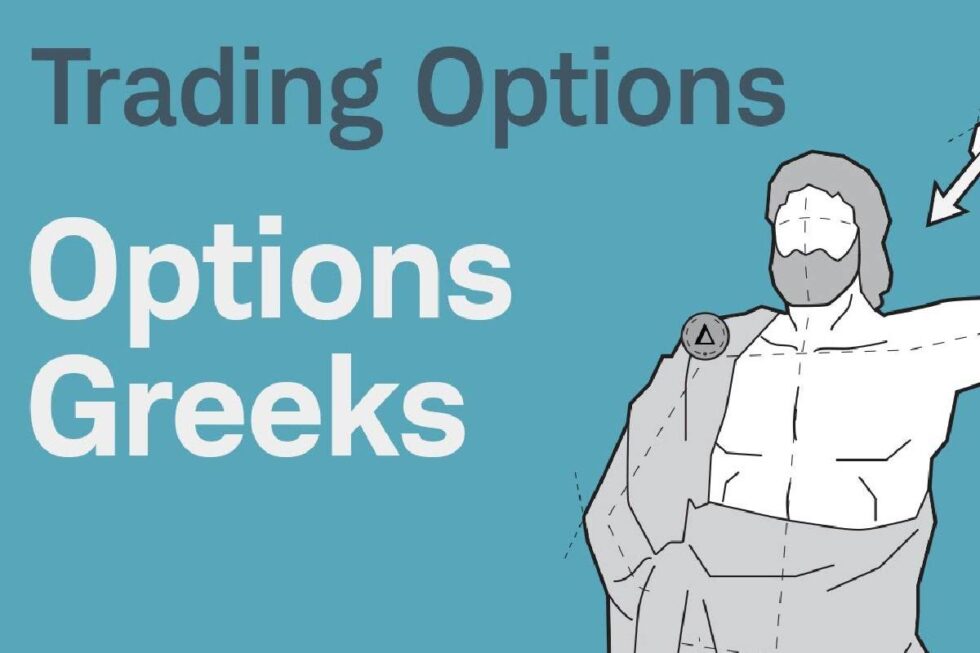
Options trading can seem intimidating at first glance, especially with terms and concepts that appear more mathematical than practical. Among these, the “Greeks”–Delta, Gamma, Theta, and Vega–are central to understanding and managing options positions effectively.
While these metrics might sound complex, breaking them down into practical insights can empower traders to make informed decisions and navigate market movements with confidence.
Understanding the Role of the Greeks
In options trading, the Greeks are essential tools that measure the sensitivity of an option’s price to various factors. Each Greek represents a different dimension of risk and potential reward. By understanding them, traders can better anticipate how an option will behave under different market conditions and adjust their strategies accordingly.
Delta, Gamma, Theta, and Vega serve as indicators of an option’s exposure to underlying asset price changes, time decay, and volatility. For both new and experienced traders, mastering these elements is key to improving profitability and reducing unexpected losses.
Delta: Measuring Price Sensitivity
Delta is perhaps the most widely recognised Greek in options trading. It measures the rate at which an option’s price changes in response to movements in the underlying asset. For call options, Delta ranges from 0 to 1, while for put options, it ranges from -1 to 0. A Delta of 0.5, for example, suggests that if the underlying asset rises by $1, the call option’s price will increase by approximately $0.50.
Beyond simply indicating price sensitivity, Delta also provides insight into the probability that an option will expire in the money. Traders use Delta to assess potential gains or losses and to structure hedging strategies. For instance, holding options with a combined Delta close to zero can create a delta-neutral position, helping to manage risk in volatile markets.
Gamma: Tracking Delta’s Changes
While Delta measures price sensitivity, Gamma measures the rate of change of Delta itself. In other words, Gamma indicates how much Delta will move as the underlying asset’s price changes. This is particularly useful for traders who manage dynamic positions and want to understand how quickly their exposure may shift.
High Gamma values suggest that an option’s Delta is highly responsive to price movements, which can lead to rapid gains or losses. Conversely, low Gamma implies more stability in Delta, making the option less sensitive to short-term fluctuations. Understanding Gamma allows traders to anticipate how their positions may evolve and make adjustments before sudden market swings impact their portfolios.
Theta: The Impact of Time Decay
Time is a crucial factor in options trading, and Theta quantifies this influence. Theta measures the rate at which an option’s value decreases as it approaches expiration, assuming other factors remain constant. Essentially, it represents time decay–the natural erosion of an option’s premium over time.
Options with a higher Theta lose value more quickly, which can be advantageous for sellers who collect premiums but risky for buyers holding long positions. Monitoring Theta helps traders decide when to enter or exit trades, especially in strategies like short-term option selling or long-term hedging. By understanding how time affects options, traders can optimise their timing and manage the balance between risk and reward.
Vega: Sensitivity to Volatility
Vega captures another critical dimension of options pricing: volatility. Specifically, Vega measures how much an option’s price is expected to change with a 1% change in the implied volatility of the underlying asset. Higher Vega indicates that an option’s price is more sensitive to changes in market expectations of volatility.
Volatility is a driving force in options markets, influencing premiums and strategic decisions. For traders, Vega is essential for evaluating how external events or market sentiment may impact an option’s value. For instance, during earnings announcements or geopolitical events, implied volatility can spike, affecting both call and put options.
Understanding Vega allows traders to anticipate these fluctuations and adjust their positions to either capitalise on or protect against volatility shifts.
Practical Steps to Apply the Greeks
For those eager to start applying these concepts, it’s essential to combine theoretical knowledge with practical experience. Simulated trading platforms or educational resources can provide hands-on exposure to how the Greeks influence option prices. Learning the practical effects of Delta, Gamma, Theta, and Vega in real-time helps reinforce understanding and builds confidence in decision-making.
Traders interested in deepening their expertise can explore detailed tutorials and trading guides that illustrate these principles in live market scenarios. For instance, knowing how to trade options effectively involves understanding both the mechanics of contracts and the nuances captured by the Greeks. Such resources can bridge the gap between academic knowledge and actionable trading skills.
Conclusion
The Greeks–Delta, Gamma, Theta, and Vega–are indispensable tools in options trading. They provide a multidimensional view of risk and potential reward, enabling traders to make more strategic decisions. While the concepts may initially seem daunting, breaking them down into practical, relatable terms reveals their power in guiding trades and managing portfolios.
By appreciating how price sensitivity, time decay, and volatility interact, traders can anticipate market movements, protect their investments, and optimise their returns. Whether you are just starting your options journey or refining advanced strategies, mastering the Greeks offers a structured approach to navigate the complexity of options markets confidently.



